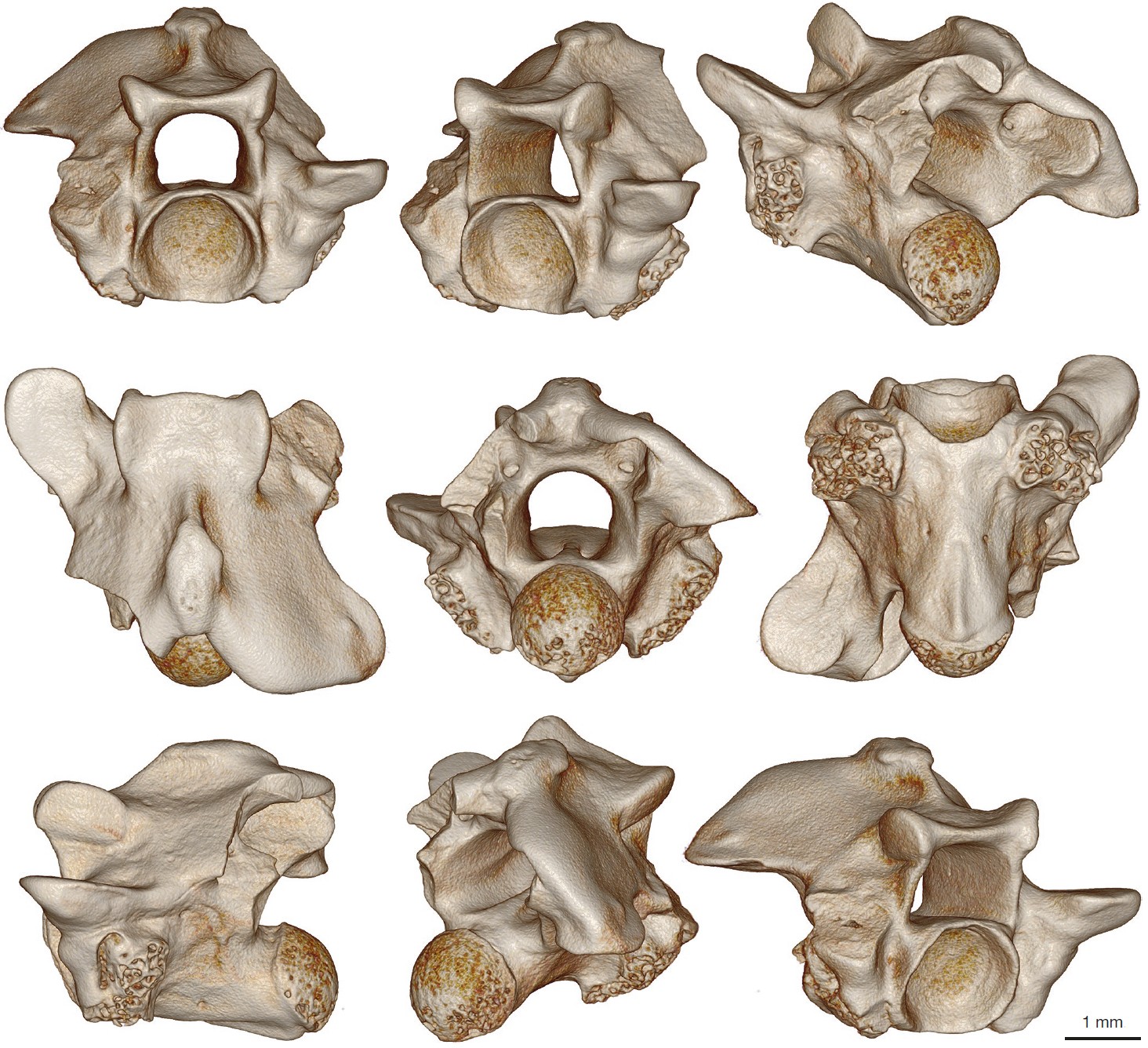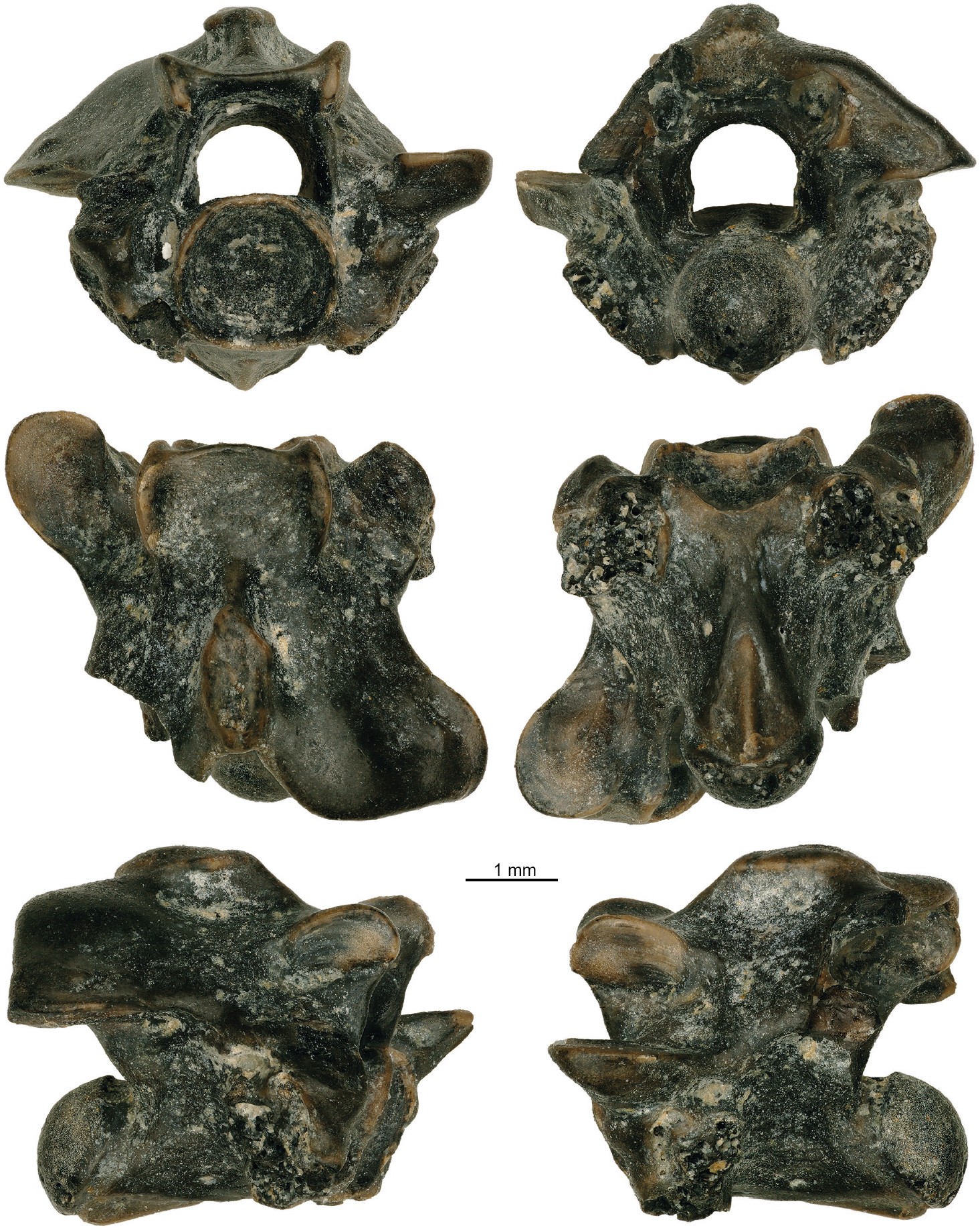
A team of palaeontologists from Poland and Switzerland has found a new species of extinct boa that lived approximately 50 million years ago near what is now Paris.
The discovery, published in Comptes Rendus Palevol, offers the first fossil evidence of prehistoric snake migration from North America to Europe.
The species, named Cheilophis periplanetes — with periplanetes meaning “wanderer” in Greek — belongs to a genus previously known only from North America. According to the researchers, its presence in Europe suggests that snakes crossed continents during a period of intense global warming known as the Palaeocene-Eocene Thermal Maximum, around 56 million years ago.

“This extinct French boa — Cheilophis periplanetes — lived around 50 million years ago near modern-day Paris,” said Dr. Georgios Georgalis, a palaeontologist from the Institute of Systematics and Evolution of Animals of the Polish Academy of Sciences in Kraków.
“Cheilophis was a relative of modern-day boas, and its appearance would have been relatively similar. Its dimensions are not yet known, but we do know it was a small snake, probably around 1 meter long, perhaps even less.”
The fossil was found at the Cuis site in northeastern France. According to Georgalis, the specimen bore strong resemblance to similar snakes discovered in the United States. However, closer examination revealed it to be a distinct species.

“The specimen from the Cuis site was very similar to known species discovered in the United States,” Georgalis explained. “However, there were significant differences in the vertebral characteristics, and the French form was significantly smaller, which led me to classify the material as a new species.”
He added that this marks the first time the genus Cheilophis has been found outside North America.
“‘The Wanderer’ belongs to the Cheilophis snake genus, which until now was known only from North America,” Georgalis said. “It therefore appears that this snake migrated from North America to Europe during the so-called Palaeocene-Eocene Thermal Maximum (approximately 56 million years ago). At that time, Europe experienced the highest temperatures since the time of the dinosaurs.”
Georgalis added that the findings offer new insight into prehistoric reptile migration patterns.
“Researchers suggest that snakes migrated through Greenland, where the temperate climate and lower sea levels created land corridors, allowing them to reach the warm, tropical environments of Europe,” he said. “Until now, we knew this migration pattern in other animal groups, such as turtles and lizards, but not in this snake.”
The study was co-authored by Dr. Bastien Mennecart of the Natural History Museum in Basel, Switzerland, and was funded by a grant from the Polish National Science Centre. The article is available in open access at: https://doi.org/10.5852/cr-palevol2025v24a16.
PAP - Science in Poland
akp/ agt/













